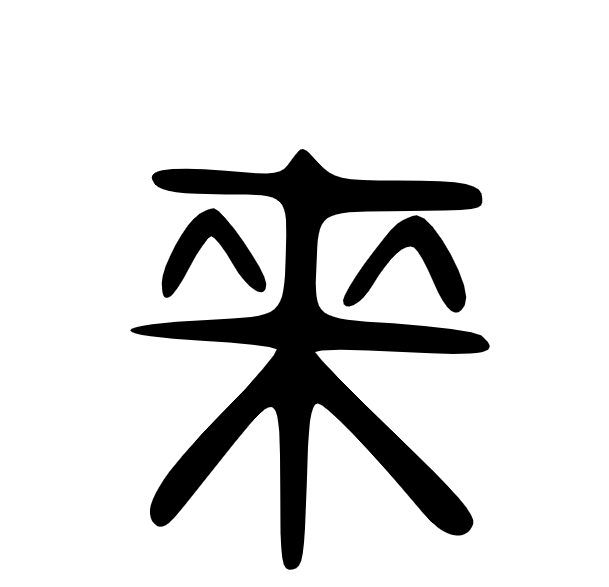If you’re not at all familiar with Japanese, it can be a tough to pick up because the writing system is just so different. A combination of phonetic scripts and kanji ideograms make the written language of Japanese seem almost impregnable.
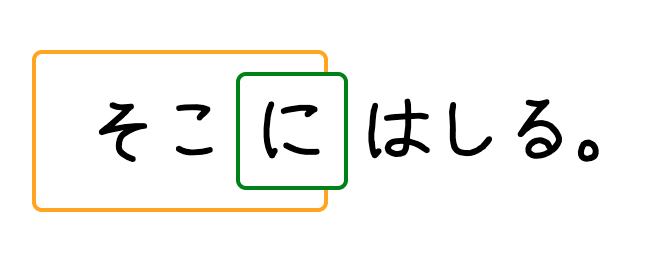
Aside from the 5 vowels (ah, ee, uu, eh, oh) and the “letter” n (n/m),
All “letters” are consonant-vowel pairs [so, ko, ni, ha, shi, ru]
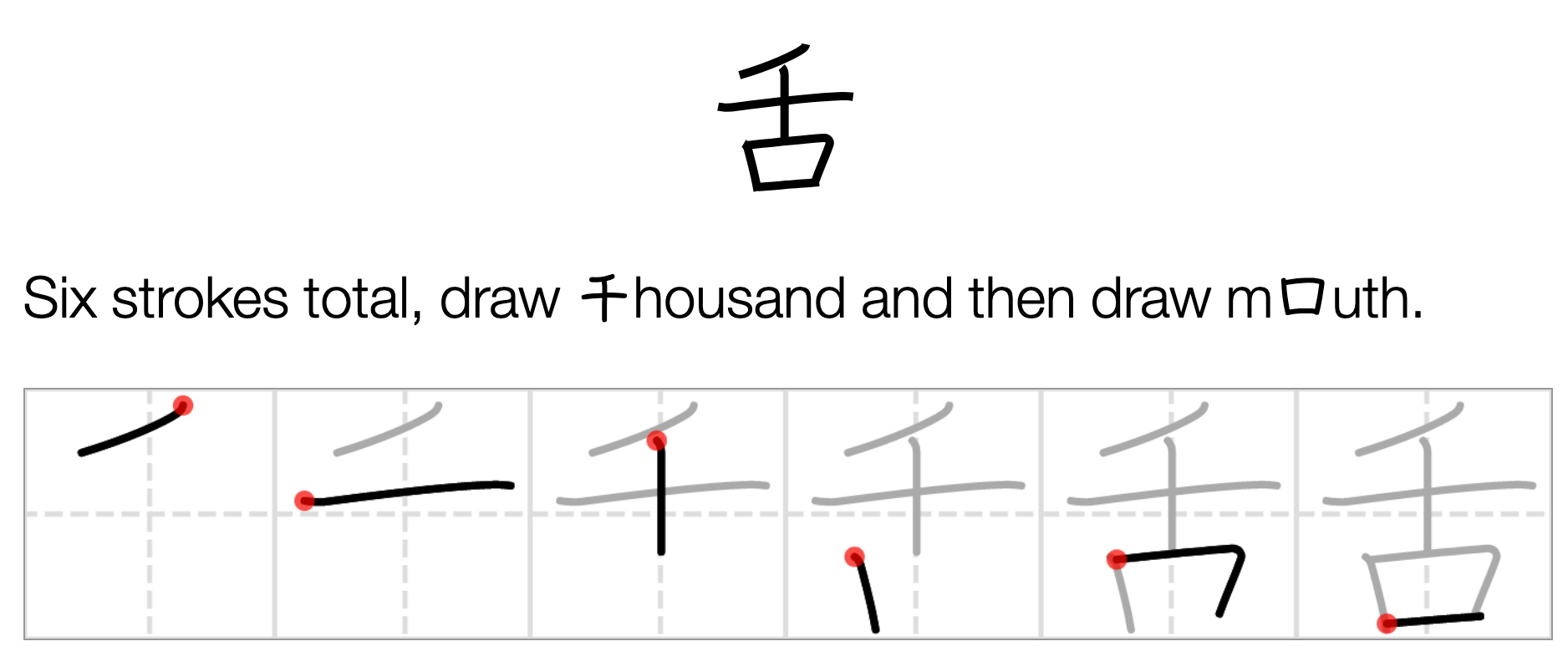
How to learn the kanji as someone not inundated with them on a daily basis in native surroundings?
Enter orthographic gradients. Orthography is the “conventional spelling system of a language” and comes from “correct” + “writing” in Greek.
In 2015 Noah Hermalin wrote a paper called The Processing and Structure of Kanji and their Implications for Kanji Acquisition:a Theoretical Approach to Kanji Literacy. He described using a gradient-based approach to teach kanji.
I propose a method called and orthographic gradient (OG). The premise of OG takes advantage of the multiple scripts used in written Japanese to teach kanji in a textual setting by presenting a passage which starts out entirely in kana (and previously learned kanji), and gradually transitions to being entirely in kanji (for words that have kanji spellings)
Noah hermalin

The idea is simple: gradually train the learner’s eye.
We take Noah’s idea in a different direction, plunging Japanese text directly into English waters. 🌊
Below you can see an example of a lesson page where the learner has already been exposed to the kanjis for 千 [thousand] and 口 [mouth].
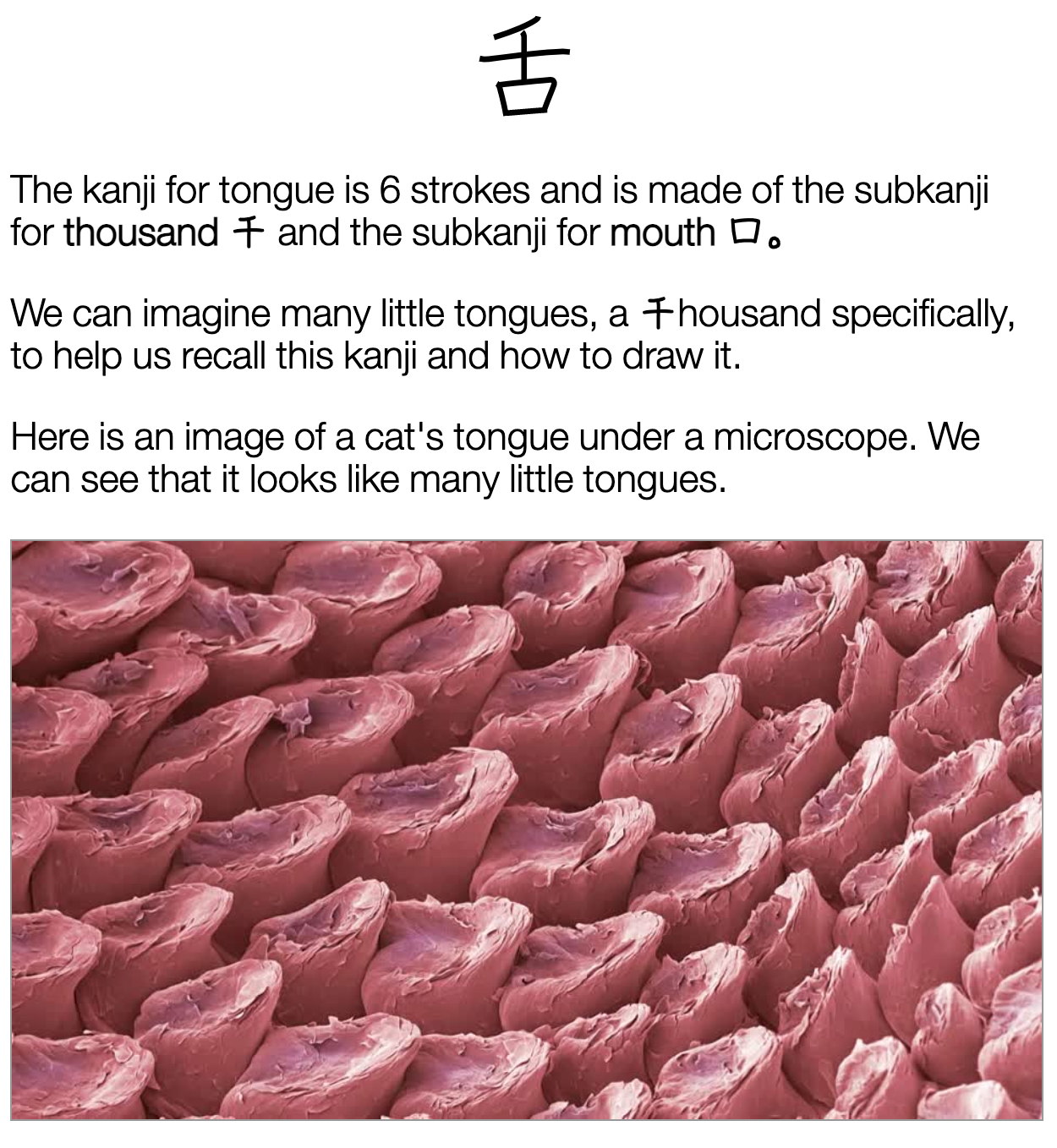
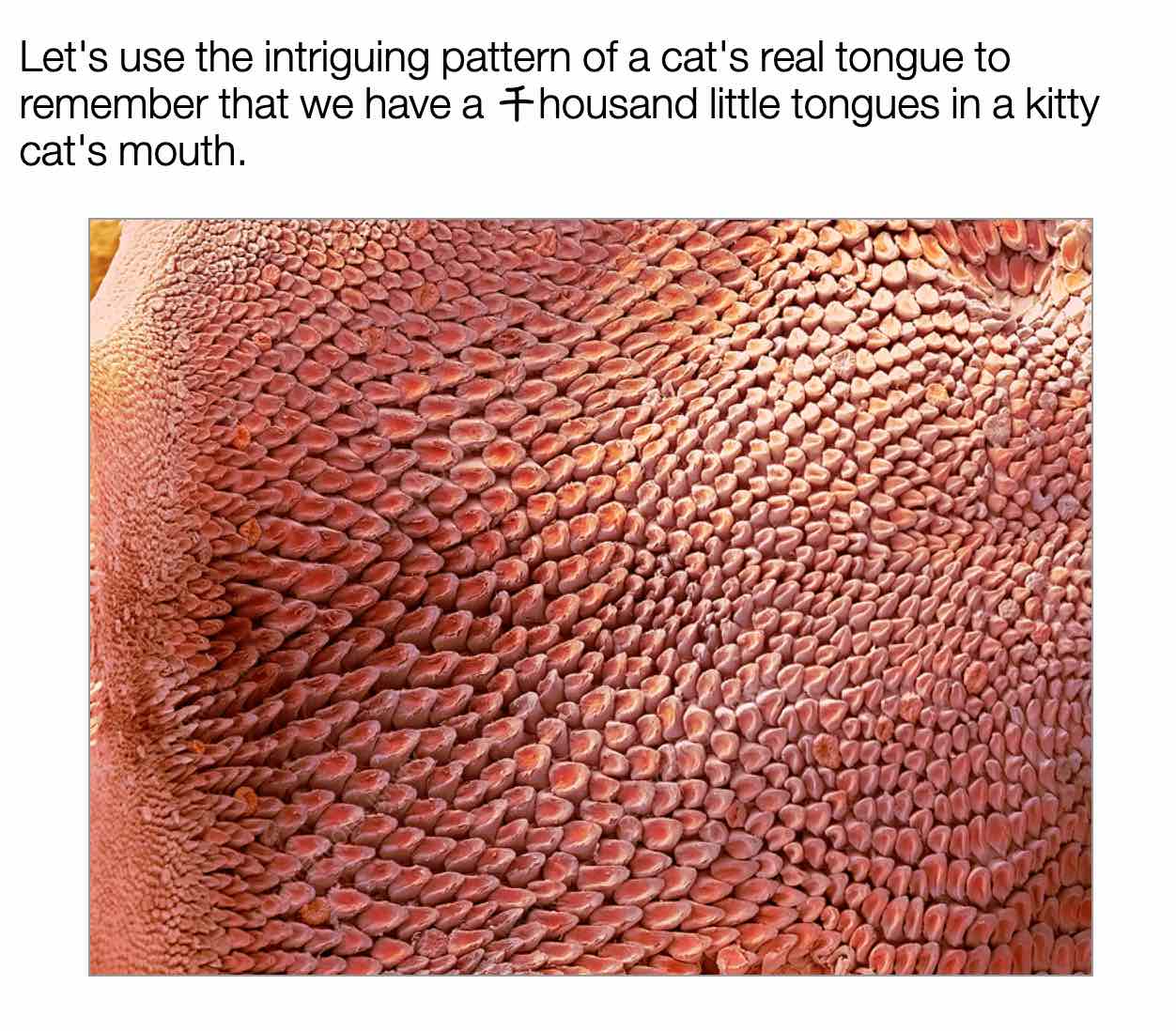
We’ve invented a couple of new methods to teach Japanese:
- The concept of Bunsetsu Jars (complete grammar units)
- The masking principle of Kanji
- Particles in English Context
- Kanji in English Context
Consider particles in English context. In Japanese, grammar is accomplished via use of particles which are like colored dresses you put on words to indicate if they are the who, what, when, where, or how of the sentence. Imagine that the subject always wears red while the direct object always wears blue. In a similar way, in Japanese, the grammatical subject always sports GA が attached to the word, while the direct object always sports OH を attached to it.
Bob が ball を kick.
Bob GA ball OH kick.
Bob [is the one who] kicks the ball […that is the direct-object of his action].
A gradient-based approach makes it easy to transition the eye’s knowing power to Japanese.
You can see more at https://japanesecomplete.com/reverse-engineer for how the particles create bunsetsu jars or complete grammatical units indicating the who, what, when, where, how, where-to, where-from, etc.
Japanese Complete has one goal: to teach the world Japanese and connect people with the beauty of the language and culture. Our program truly helps people develop intuitive reflexes for thinking in Japanese and we offer a 30-day risk-free period where you can see for yourself how effective our curriculum sequence and learning tools are. Get a subscription and help support our work in creating textbooks, online curriculum, and physical learning tools and toys for Japanese; we can’t do it without you, and you’ll accomplish it ten times faster with us. 🗻
How to learn kanji?
- Learn the general meaning words associated with the kanji.
- Break the kanji into subkanji (components) and create memory devices to remember relevant words in your native tongue.
- Learn vocabulary that contain the kanji.
- Study the readings for each kanji using a dictionary (electronic, physical book, or online).
- Use a kanji course developed by professional polylingual and bilingual teachers, translators, and language experts.

